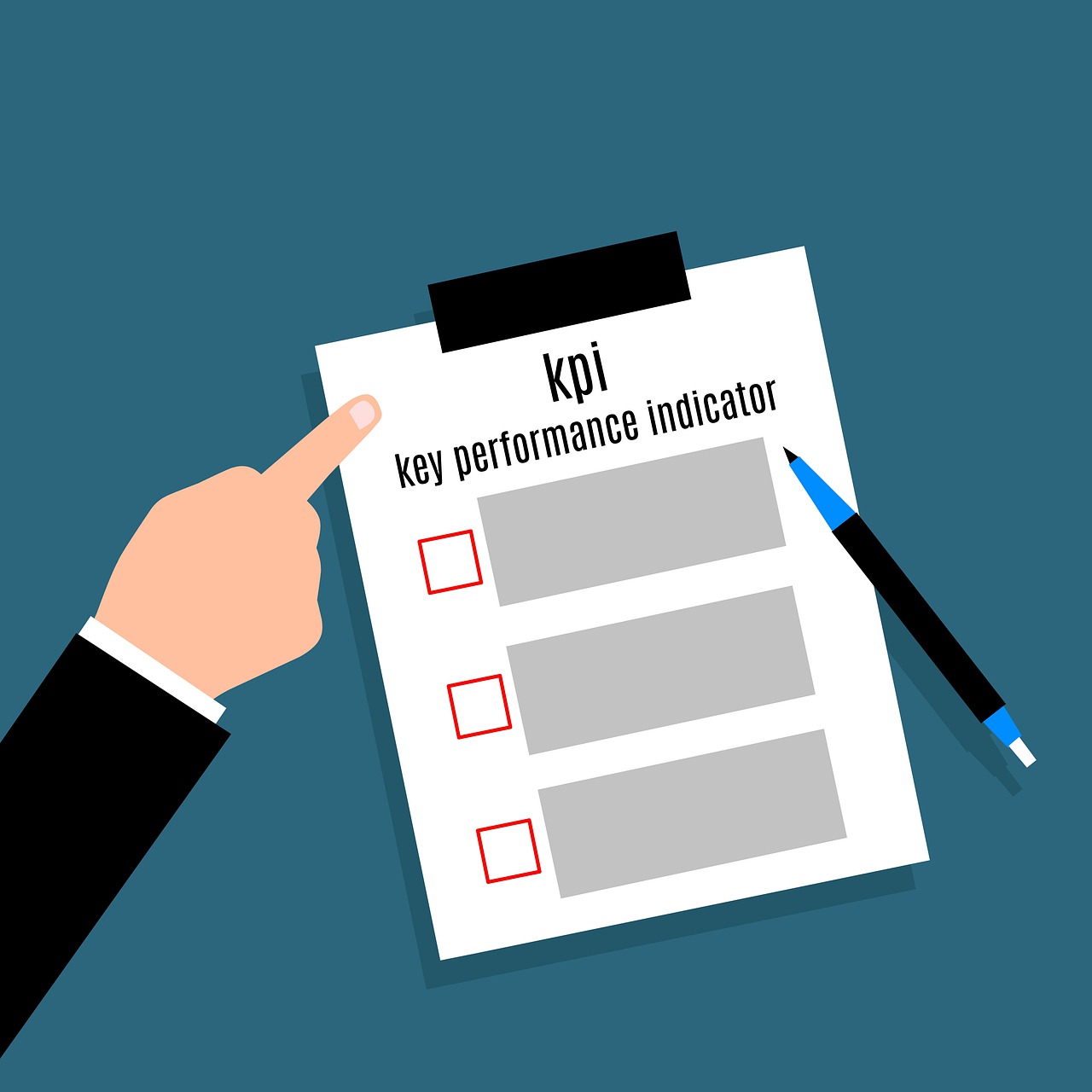In the dynamic world of fashion marketing, influencer campaigns have become a game-changer. But with the right strategies, you can turn your influencer marketing efforts from good to exceptional. If you’re eager to elevate your fashion brand’s visibility and engagement, optimizing your influencer campaigns is key. This guide will take you through the essential steps to ensure your influencer campaigns deliver outstanding results. Buckle up as we dive into proven strategies for influencer campaign optimization that will set your brand apart!
Developing an Influencer Marketing Strategy for Fashion Brands

To kickstart an effective influencer marketing strategy, it’s crucial to start with a solid foundation. Developing a strategic approach will set the stage for successful influencer collaborations and maximized impact.
1. Define Your Objectives and Target Audience
Before diving into influencer selection, pinpoint your campaign objectives. Are you aiming to boost brand awareness, drive sales, or increase social media followers? Clear objectives will guide your strategy and help you measure success. Next, understand your target audience. Knowing who you’re trying to reach will help you select influencers who resonate with your ideal customers.
2. Craft a Unique Brand Voice and Message
Your influencer marketing strategy should align with your brand’s voice and message. Define what makes your brand unique and how you want it to be perceived. This consistency will ensure that your influencer content feels authentic and compelling, helping to build a stronger connection with your audience.
3. Research and Select Influencers
Effective influencer campaign management begins with selecting the right influencers. Look for individuals whose content and audience align with your brand. Analyze their engagement rates, content style, and audience demographics to ensure they fit your campaign goals. Tools like BuzzSumo and Traackr can assist in identifying influencers who have the right influence and reach.
4. Develop a Strategic Content Plan
Plan the type of content you’ll create in collaboration with influencers. Will it be sponsored posts, product reviews, or collaborative collections? A well-structured content plan ensures that all parties are aligned and can maximize the impact of your campaign.
5. Set a Realistic Timeline and Budget
Establish a timeline for your campaign and ensure it fits within your overall marketing schedule. Allocate a budget that covers influencer fees, content production, and any additional costs. A well-planned budget helps avoid last-minute surprises and ensures a smooth campaign execution.
Crafting a Winning Influencer Strategy for Fashion Brands
How to Identify the Right Influencers for Your Fashion Campaign

Identifying the right influencers is a critical component of influencer campaign optimization. Choosing influencers who align with your brand and resonate with your target audience can make or break your campaign’s success.
1. Analyze Influencer Metrics
Start by evaluating potential influencers based on key metrics such as engagement rates, follower count, and audience demographics. Engagement rates (likes, comments, shares) are often more telling than follower count, as they reflect the influencer’s ability to connect with their audience.
2. Assess Content Quality and Relevance
Review the quality of content produced by the influencers. Ensure their style and aesthetics match your brand’s image and message. Look for influencers who consistently produce high-quality content that aligns with your fashion brand’s values.
3. Check for Authenticity and Credibility
Authenticity is crucial in influencer marketing. Ensure that the influencers you consider have a genuine connection with their followers and maintain credibility. Avoid influencers with a history of misleading promotions or fake engagement.
4. Evaluate Past Campaigns and Collaborations
Look into the influencer’s previous campaigns to understand how they work with brands. Successful past collaborations can be a good indicator of their effectiveness and reliability. Pay attention to the results they achieved and the feedback they received.
5. Engage with Influencers Before Finalizing
Before committing, engage with potential influencers to discuss your campaign goals and expectations. This interaction will help you gauge their interest, professionalism, and willingness to collaborate effectively.
Crafting a Fashion Brand Influencer Strategy: Fit & Metrics
Setting Goals and KPIs for Fashion Influencer Campaigns

Setting clear goals and Key Performance Indicators (KPIs) is vital for measuring the success of your influencer campaign. Proper goal-setting ensures that your campaign objectives are met and helps you track performance effectively.
1. Define Clear and Measurable Goals
Your campaign goals should be Specific, Measurable, Achievable, Relevant, and Time-bound (SMART). For instance, if your goal is to increase brand awareness, set a specific target for impressions or reach. If driving sales is your objective, establish a target number of conversions or revenue.
2. Establish Key Performance Indicators (KPIs)
Identify KPIs that align with your campaign goals. Common KPIs for influencer campaigns include engagement rates, click-through rates, conversion rates, and return on investment (ROI). These metrics will help you assess the effectiveness of your campaign and make data-driven decisions.
3. Track and Analyze Performance
Utilize analytics tools to monitor your campaign’s performance in real-time. Track the KPIs you’ve set and analyze the data to understand how well your influencer partnerships are performing. Platforms like Google Analytics and social media insights can provide valuable performance data.
4. Adjust Strategies Based on Insights
Based on your performance analysis, make necessary adjustments to your strategy. If certain influencers or content types are performing better than others, consider reallocating resources to maximize their impact. Continuous optimization ensures that your campaign remains effective and aligned with your goals.
5. Report and Review Outcomes
At the end of the campaign, compile a comprehensive report detailing the outcomes and insights. Review what worked well and what could be improved for future campaigns. This evaluation will provide valuable lessons for optimizing your influencer marketing strategy going forward.
Fashion Influencer Campaign Goals and KPIs: How to Set Them
Crafting a Compelling Influencer Campaign Brief for Fashion

A well-crafted influencer campaign brief is essential for guiding influencers and ensuring that your campaign objectives are met. Here’s how to create a compelling brief that drives results.
1. Define Campaign Objectives and Deliverables
Start by clearly outlining your campaign objectives and the deliverables you expect from the influencers. Specify the type of content, the number of posts, and any additional requirements such as hashtags or mentions.
2. Provide Brand Guidelines and Key Messages
Include detailed brand guidelines and key messages that influencers should follow. This ensures that the content produced aligns with your brand’s voice, values, and aesthetics. Clear guidelines help maintain consistency and authenticity in the influencer’s promotion of your fashion brand.
3. Set Expectations for Collaboration and Communication
Establish expectations for how influencers should communicate with your brand. Outline the process for content approval, deadlines, and any necessary revisions. Effective communication helps prevent misunderstandings and ensures a smooth collaboration.
4. Offer Creative Freedom and Flexibility
While guidelines are important, allowing influencers some creative freedom can lead to more authentic and engaging content. Encourage influencers to use their unique voice and style to promote your brand in a way that resonates with their audience.
5. Include Compensation Details and Legal Considerations
Clearly outline the compensation details, including payment terms and any additional incentives. Address legal considerations such as disclosure requirements and contracts to ensure compliance and protect both parties involved.
How to Create an Effective Fashion Influencer Campaign Brief
Budgeting and Allocating Resources for Fashion Influencer Campaigns

Effective budgeting and resource allocation are crucial for maximizing the impact of your influencer campaigns. Here’s how to manage your budget efficiently and ensure a successful campaign.
1. Determine Your Overall Budget
Start by establishing an overall budget for your influencer campaign. Consider factors such as influencer fees, content production costs, and any additional expenses like advertising or promotion. A well-defined budget helps allocate resources effectively and avoids overspending.
2. Allocate Budget to Influencer Fees
Influencer fees can vary based on their reach, engagement, and content requirements. Allocate a portion of your budget to cover these fees and ensure that you choose influencers who offer good value for their cost. Negotiation can also help in optimizing influencer fees within your budget.
3. Budget for Content Production and Promotion
In addition to influencer fees, allocate resources for content production and promotion. High-quality content and effective promotion can enhance the impact of your campaign. Consider investing in professional photography, video production, and paid media to boost your campaign’s reach.
4. Monitor and Adjust Budget Allocation
Track your spending throughout the campaign and compare it with the results achieved. If certain aspects of your campaign are performing exceptionally well, consider reallocating resources to capitalize on their success. Flexibility in budget allocation allows for optimization and maximized impact.
5. Evaluate Cost-Effectiveness and ROI
After the campaign concludes, evaluate the cost-effectiveness and return on investment (ROI). Compare the results achieved with the budget spent to assess the overall effectiveness of your campaign. Use these insights to refine your budgeting strategy for future influencer campaigns.
Effective Budgeting & Resource Allocation for Fashion Campaigns
Conclusion
Optimizing your influencer campaigns is a powerful way to amplify your fashion brand’s presence and impact. By developing a robust influencer marketing strategy, identifying the right influencers, setting clear goals and KPIs, crafting compelling briefs, and managing your budget effectively, you can unlock the full potential of your influencer campaigns. These proven strategies for influencer campaign optimization will help you achieve remarkable results and stay ahead in the competitive fashion industry. So, get ready to maximize your impact and watch your brand soar to new heights!
